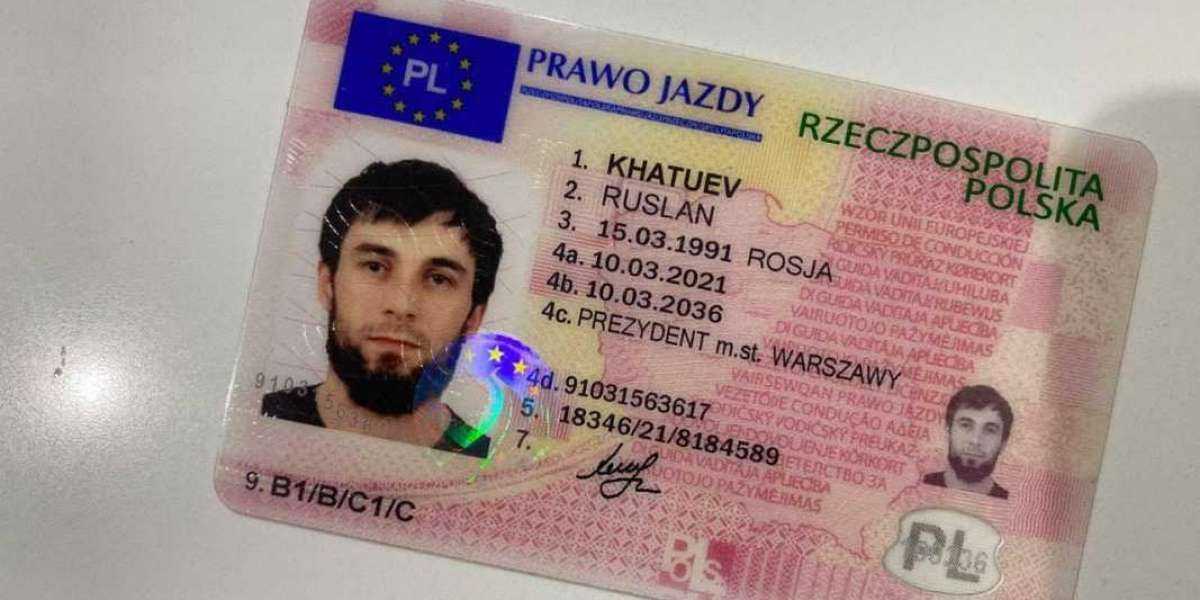Whether you're a new driver or an experienced pro understanding the various classes of licenses is crucial. Each class has specific restrictions and conditions that must be fulfilled to drive safely.
The current driver's license is a laminated one that includes the driver's photo, name in Latin and kartaxpresspoland Cyrillic as well as the date and time of issue, and the categories permitted. National categories (such tractor) don't have harmonisation and are only valid within the country that issued them.
What kind of vehicle can I drive with the b1 license?
A driving licence is a type of legal authorization issued by a government agency to drive certain vehicles. It is usually issued after the successful completion of a written theory exam, a practical driving test and a medical exam. There are many different kinds of licenses. Each is designed for a particular vehicle class or type. Certain licenses permit the holder to haul certain trailers.
For example, if you are planning to drive a truck you'll need a Class B CDL license. This license allows you to operate straight trucks as well as box trucks (like delivery trucks), large buses, and dump trucks that have small trailers. You can also use this license to drive small HAZMAT vehicles.
You must pass a test of practical test to obtain a category-B licence. This test will include driving a car on the streets of a simulation and answering questions about traffic laws. You will also be required to take a written exam that includes multiple-choice and true or false questions.
Depending on your current age depending on your age, you may be required to be able to pass both a vision and blood pressure test. These tests will ensure that you have good eyesight and are able to control your vehicle safely.
In some countries you can get a temporary licence which is valid for one year. These licenses are typically only valid for a brief period of time and require you pass an online road safety course or other similar training before you can use them. You can also get a permanent driving licence if you pass an examination in theory written and a practical driving test. This type of license is normally only available to drivers over the age of 25.
What kind of vehicle can I operate with a B2 license?
The license's letters will inform you of the kind of vehicle you're allowed to drive. These codes, called categories, are found on all photocard driving licences (although older booklets and credit card-style licenses remain). The categories cover a wide range of vehicle types from small cars to large trucks. Each category has its own set of restrictions. It is important to know what each code means prior to driving a vehicle.
The letter B means that you can drive cars and small vans. You can also drive vehicles with a an authorized maximum weight of 3,500kg. The B2 category permits drivers to drive lightweight, small commercial vehicles specifically designed for the transportation of goods or passengers. However, they can't have more than nine seats. This category is similar to the previous 2 code.
You can also drive small motorbikes if you have an e-license of category B. This includes trial e-scooters, with an engine size that is not more than 50cc. Motor tricycles up to 15kW can be driven. This category excludes vehicles that have trailers which are categorized in the C category.
Category C allows you to drive vehicles that are specifically designed for the transport of goods or people and that can accommodate more than 8 passenger seats. You can also tow a trailer of up to 750kg when you have this license.
You'll need to have an authorization of category C or C1 if you wish to drive larger cars. You can also apply for a category D licence, which permits you to drive coaches and buses or a category D1 license that allows you to drive C1 vehicles that have trailers that are over 750kg in weight. You can also obtain an F category license that allows you to drive semi-trailers and articulated vehicles.
What kind of vehicle can I drive with a c license?
There are several kinds of licenses, each one suited to a particular vehicle or driving situation. These different types are designated by letters, and each has its own set of classes and endorsements. For instance, a commercial driver's license will require you to take an exam that is both written and practical before you are able to drive large vehicles. On the other the other hand, a non-commercial driver's license allows you to drive small cars and trucks.
A driver's license class C permits you to operate any vehicle with a gross weight rating of 26,001 pounds or less, or any vehicle towing trailers that do not exceed the maximum authorised mass (MAM) that is listed on your license. It also allows you to drive buses that have more than eight seats, but not school busses. You may also drive category D vehicles, such as tracks and road rollers.
You can add categories to your Class C licence. The current licence format, which was introduced in 2011, is a laminated card that is similar to the European driving licence in dimensions and appearance. It includes the bearer's photo, name in both Latin and Cyrillic scripts, date of issue, allowed categories, emergency contact blood group and fingerprint impression. It also has magnetic strips, though its potential uses are still to be established.
If a driver of Class C has not had an accident or committed a crime in the last five years, they can apply for a Gold license when renewing their licence. These drivers are deemed to be low-risk by insurance companies, and are sometimes eligible for special rates for car insurance. If they can prove that they have not been in an accident their license will be marked with a golden band that is placed over the expiration date, and the word "You Liang", which means "excellent" underneath.
What type of vehicle is it that be driven with D license?
There are a few things to consider when applying for a license in the United States. First, you must be able to pass your vision and knowledge tests in order to get your learner's permit. Once you've passed, it's time to start practicing and preparing for your road test. Follow the driving rules and practice in a safe manner. It's important to remember that the laws for driving vary from state to state and therefore it's a good idea to research the specific requirements for your area.
A valid driving license allows you to drive a private or commercial vehicle of any size, with the exception of those classified as tractor-trailers. These vehicles are only permitted for commercial reasons or to transport people. You can also obtain a special driving licence for agricultural or construction vehicles, which allows you to operate vehicles of this type.
Category B is designed for motor vehicles with four wheels and a an maximum design speed of 30 mph (48 km/h). You can drive passenger cars, small trucks and vans with up to seven seats. You can drive lorries and vans that have a maximum weight of 4 tonnes. This is the most commonly used licence category in the UK.
Categories C and D allow you to drive passenger vehicles as well as larger vans and buses with more than 9 seats. If you have a licence that is Category C, you may also drive vehicles with trailers that weighs up to 750 kilograms MAM. Category C1E provides trailer entitlement to the category C licence, allowing you to drive trailers and vehicles in combinations that weigh up to 12,000 kg MAM, provided the combined weight does not exceed the weight limit of 8,000 kilograms.
What kind of vehicle can I drive with an F license?
There are a myriad of vehicles out there, from sedans to big heavy-duty vehicles. Each one has its own unique driving experience, and it's important to be aware of the differences between them so that you can safely drive. As an expert, I've helped many people navigate licensing procedures. I've found it's important to know the different classes, regardless of whether you're driving a BMW down Broadway or a truck in the Adirondacks.
Class B
This license allows drivers to drive four-wheeled motor vehicle that are designed to carry items and have a maximum mass of 400 kilograms. This license is able to pull trailers with the combined weight of up to 8,250 kilograms. This license is marked with the letter f in lowercase. It indicates that the vehicle can be driven by an automatic transmission. It can also be used to drive trial e-scooters, that have a power output of up to 15 kW.
Category B1
This is a limited version of the B licence that was only valid until 2013. It permits the use of motor vehicles with four wheels, up to a maximum of 400kg without load or 550kg if they're designed for carrying goods. It can be used to pull trailers with a weight of up to 3,500kg.
This license is also valid for a variety of other vehicles, including motor homes, caravans, and buses. It is also able to tow motorcycles and mopeds however, you must have a zero blood alcohol level. The license requires a CBT and two module practical exams. The test portion takes a day and includes a theoretical and practical part. The test also requires you to pass a medical test.









